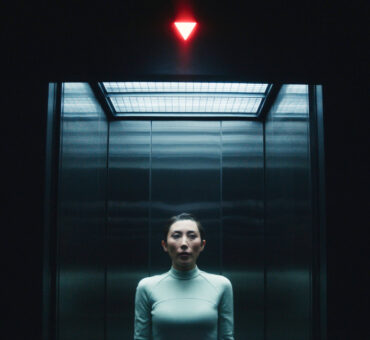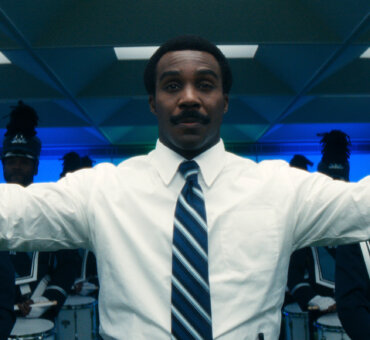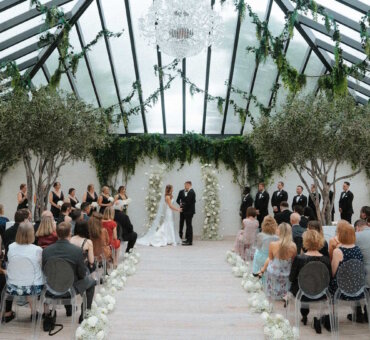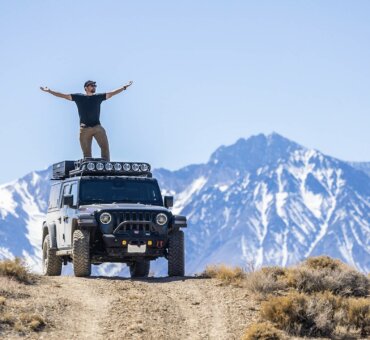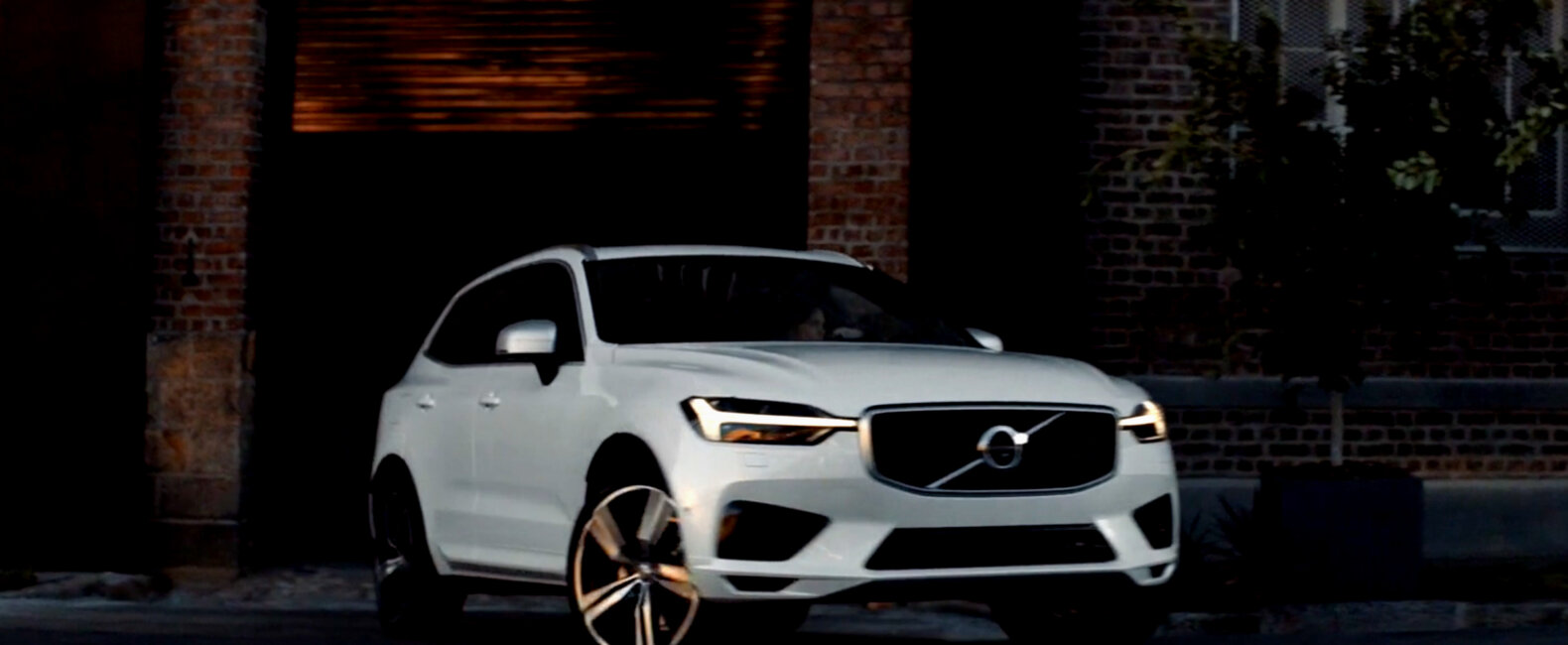The tagline at the end of Volvo’s new ad, “Moments,” says: Sometimes the moments that never happen matter the most. If there’s a corresponding idea in filmmaking, it might be this: Sometimes what you don’t show is the most affecting. In “Moments” — an ad as heartwarming/heart-wrenching as any we’ve ever seen — a young girl speculates about the rest of her life before starting her first day of school. What friends will she make? Where will she travel? Who will she meet? What unfolds is a fantasy within a fiction: an entire life in less than four minutes. What you see is beautiful, striking even. But ultimately, it’s just a stencil for what you don’t see. The story — the girl’s life — is the negative space.
To get the sweeping, cinematic visuals that make this commercial feel more like a feature film than an advertisement, director Gustav Johansson enlisted long-time collaborator and DP Chayse Irvin. After kinda sorta tricking the studio into letting them shoot on film — “Gustav may have fabricated the lie that digital cameras would get too hot in Namibia” — Chayse added his signature improvisational aesthetic to the project, giving every frame a distinct lived-in quality. “I’m really allergic to the idea of preconceptualized aesthetics,” Chayse told us. “For me, cinematography is music. It’s not mapped out. When I’m in a situation, I want to arbitrarily react in the moment. I want to confuse the spectator so they don’t make assumptions or overly associate things. I want them to feel my choices as an energy baked into the image.”
Don’t be fooled, though. “Moments” was anything but dashed off. Both Gustav and Chayse did an extensive amount of planning, preproduction researching, storyboarding, and testing to establish both the narrative and the look of the film. During a long period of pre-production in New York, Chayse went to Panavision. There he shot lens tests, experimented with different push/pull processing, and used DaVinci Resolve to establish a dailies LUT that would be applied to all the footage. It was only after he’d laid this grunt work foundation that Chayse was free to react, improvise, and create moments on set that were, as he puts it, “All jazz.”
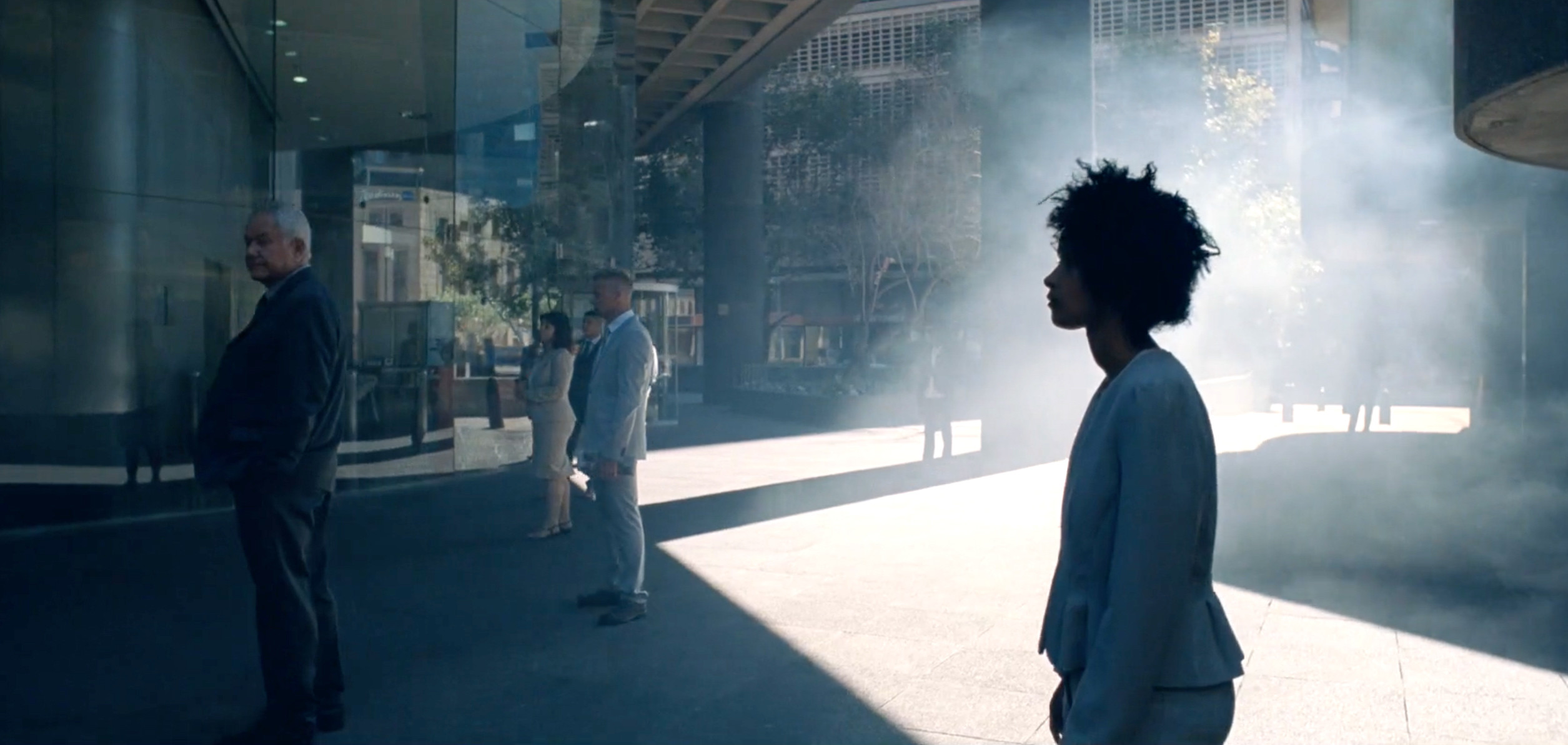
One of these moments comes two-thirds of the way through the film. It’s an eerie scene. The camera floats birdlike through a business district, where everyone is frozen in place, as if waiting for a director to call, “Action!” Which they were. “All the extras were standing on their marks before the scene,” Chayse says. “Gustav and I saw it on the monitor, and we were like, ‘Roll the camera! Roll the camera!’” What they captured is the strongest image in the film: a moment both planned and improvised, surprising and yet inevitable. An image that hints at an entire life. “It came from the same energy Gustav and I had in preproduction. The image perfectly summed up who the character was at this turning point in her life, and we didn’t even design it! It was totally improvised. Totally poetic.” A moment of alchemy in an unforgettable film.
























